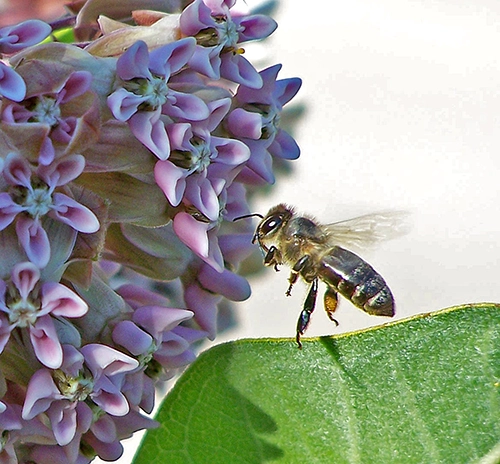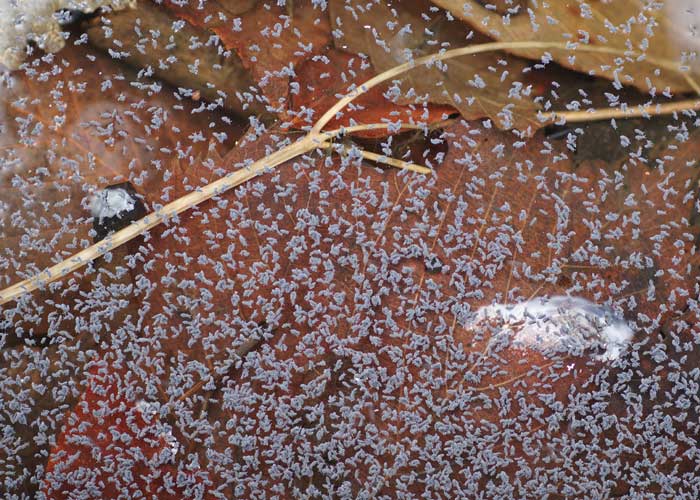Bugs in the News
Note: All links leave to external sites. Howdy, BugFans, As usual, the BugLady’s “Bugs in the News” folder runneth over, so here’s a collection of articles to chew on. Many come from the wonderful Smithsonian Daily Newsletter, which not only …

